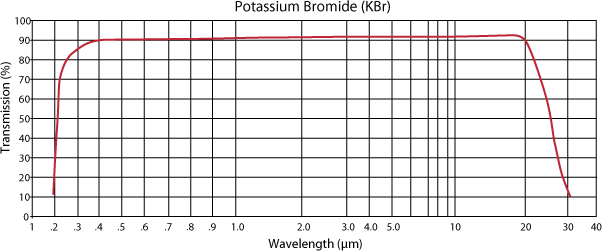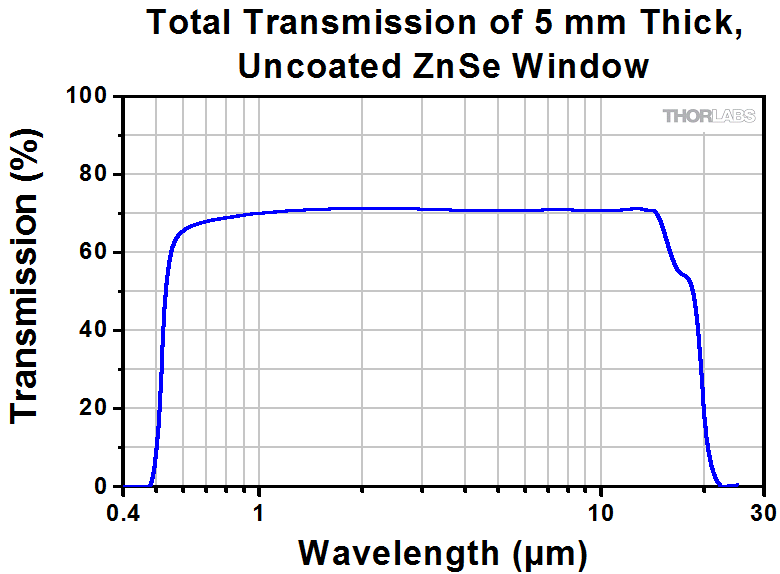Can the GF create subsurface engraving?
No because most materials are opaque to CO2 wavelength, IR so it ablates from the surface downwards.
@palmercr is correct, most materials are opaque to CO2 wavelengths. If you google “material transmission curve” and look at the image results, you can usually see which materials are transparent to CO2 wavelengths. CO2 lasers operate at 10600nm wavelength.
For example: Quartz

You can see that the transmissibility drops off considerably after 4500nm. Practically, for most materials you will not be able to do a subsurface engraving. BUT, if you want to look into more exotic materials, then it might be possible.
Here are a few materials that are transparent(ish) at 10600nm that I found. You’ll have to do your own research on if they safe.
Potassium Bromide

Sodium Chloride
Partially transparent:
Germanium

Zinc Selenide
Zinc Sulfide

I think you also need a much more conical beam shape so you can concentrate the energy below the surface. I.e. a short focal length and a fat beam. Glowforge has a 2" focal length and 5mm starting beam, so it is in focus for quite some considerable distance. I.e. its depth of focus is too large.

